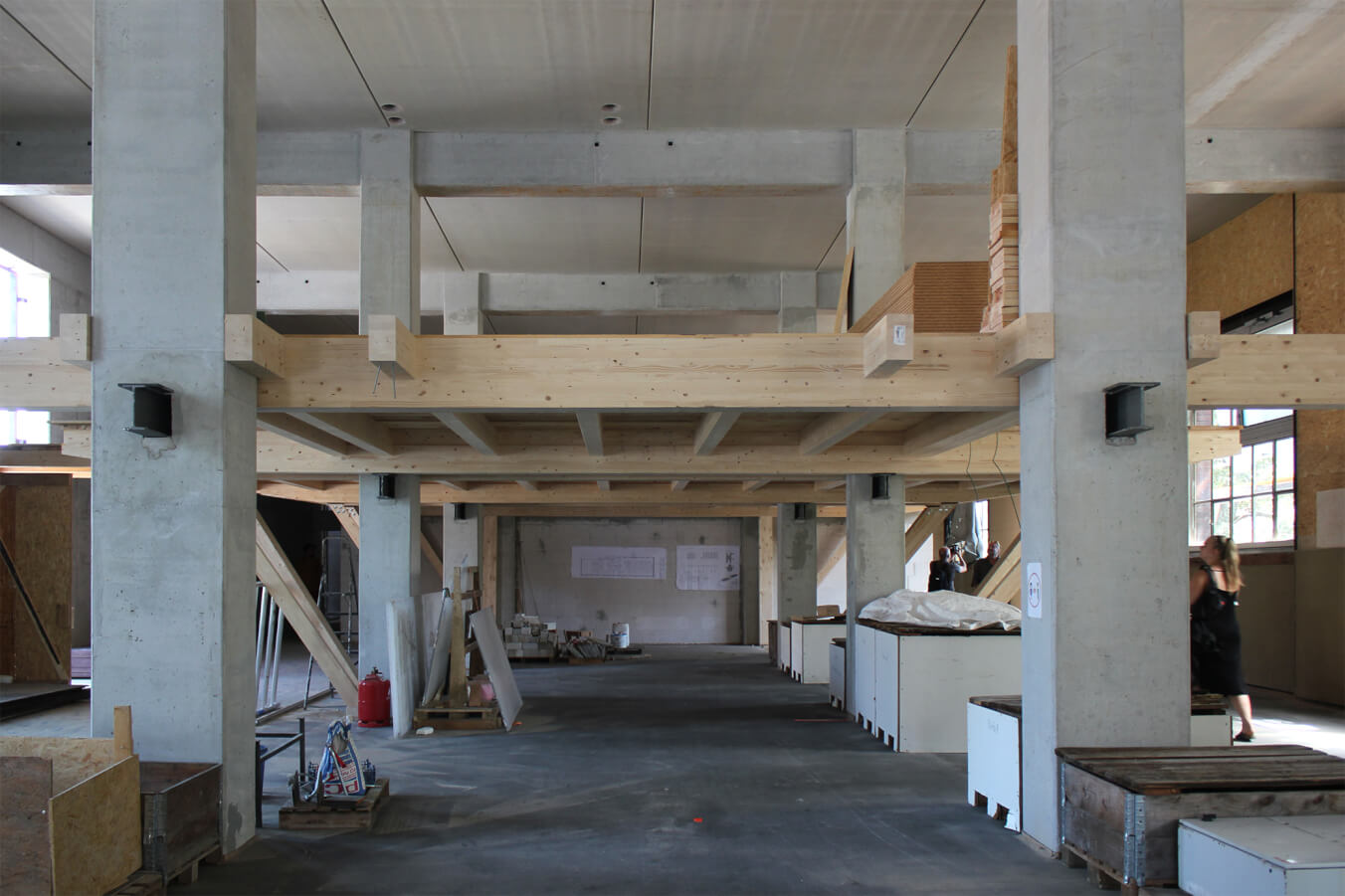Problem
The construction industry is a particularly resource-intensive sector that requires a lot of energy and generates large material flows, transport costs and emissions. A sustainable society requires not least circular economies and this also demands alternative processes in the construction industry. How can the material flows over the life cycle of a building be optimised and the proportion of recycled and reusable materials in the construction industry be increased?
Generic Description
The potential to use reused or recycled building materials is currently largely overlooked and also hampered by legal regulations, contractual conditions and economic framework conditions. Nevertheless, the use of reused or recycled materials is an important way to reduce the amount of resources used, protect the environment and promote sustainable development in construction. Recycling usually means that building components are broken down into their material components in order to process them into something new. However, this usually reduces the quality and value of the material (downcycling). A direct reuse or further use of components usually requires only minor material processing before further use, but presupposes assembly-friendly construction methods and a design for disassembly.
The use of material passports and the development of material databases supports the development towards a circular economy in construction. The cradle-to-cradle concept (McDonough, Braungart 2002) aims at a comprehensive transformation of the way (building) products are produced, in which all materials are fed into comprehensive ecological or industrial circular processes without harming people and their natural environment. This requires an ecologically intelligent design of all products and value chains. Planning principles for circularly oriented building are (1) durability, (2) adaptability, (3) the consistent use of natural raw materials and secondary materials, and (4) deconstructability (Theobald 2022, p. 51).
Furthermore, it is necessary to use urban systems more than before as storage and source for raw materials. This is called urban mining and a distinction is made between inorganic resources (e.g. gravel deposits or metals) and organic resources (e.g. wood) (Baccini 2008). Material flow analyses can be used to estimate the stocks and the utilisation potential of the regional material balance. Urban mining reduces primary resource consumption through the use of secondary raw materials and thus promotes sustainable resource use. In this way, the natural resources soil, water and air are protected (Hillebrandt et al. 2018, p. 10).
Example
The CRCLR House in Berlin puts the principles of the circular economy into practice: Waste avoidance, material use and regeneration of natural systems. During conversion and extension, building components are reused and building materials that are still in working order are saved from disposal.
The goal of the Circle House in Denmark, Lisbjerg, is that 90 % of the building materials can be reused without significant loss of value. To improve reusability, the building system is limited to a few different elements: two sizes of wall elements and two lengths of beams and ceiling elements.
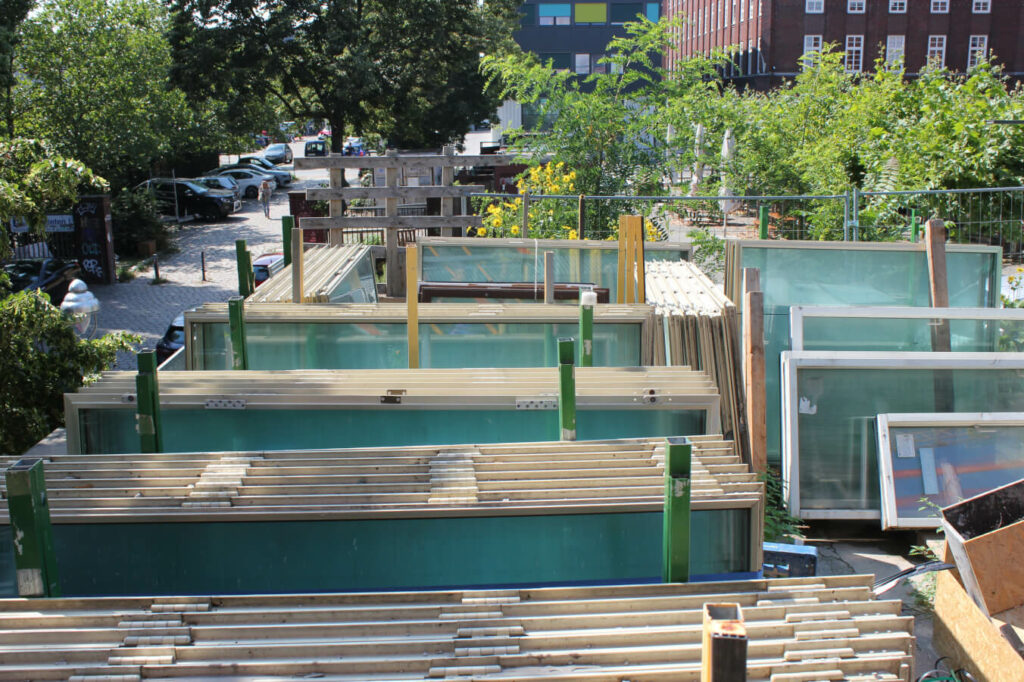
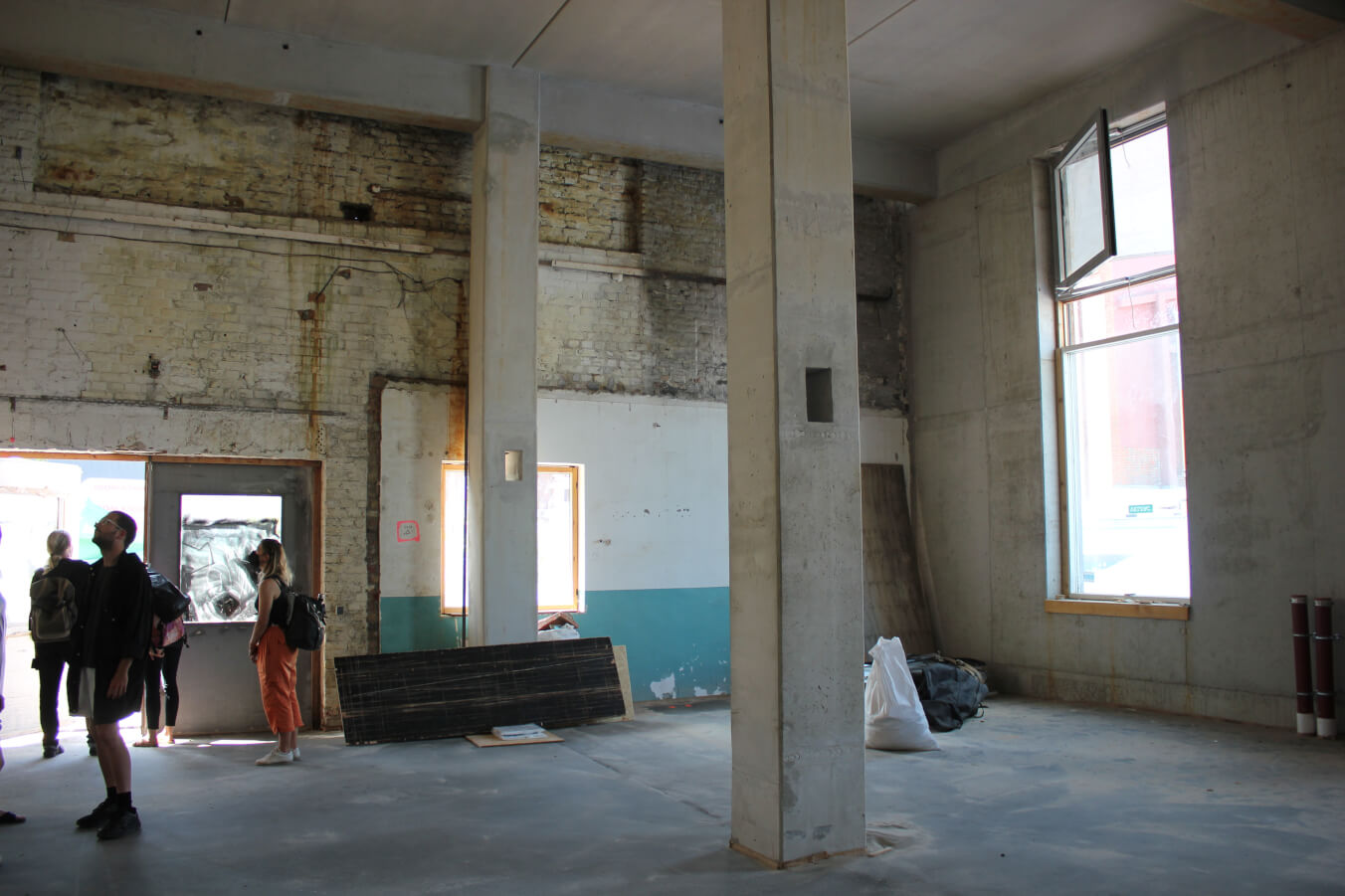
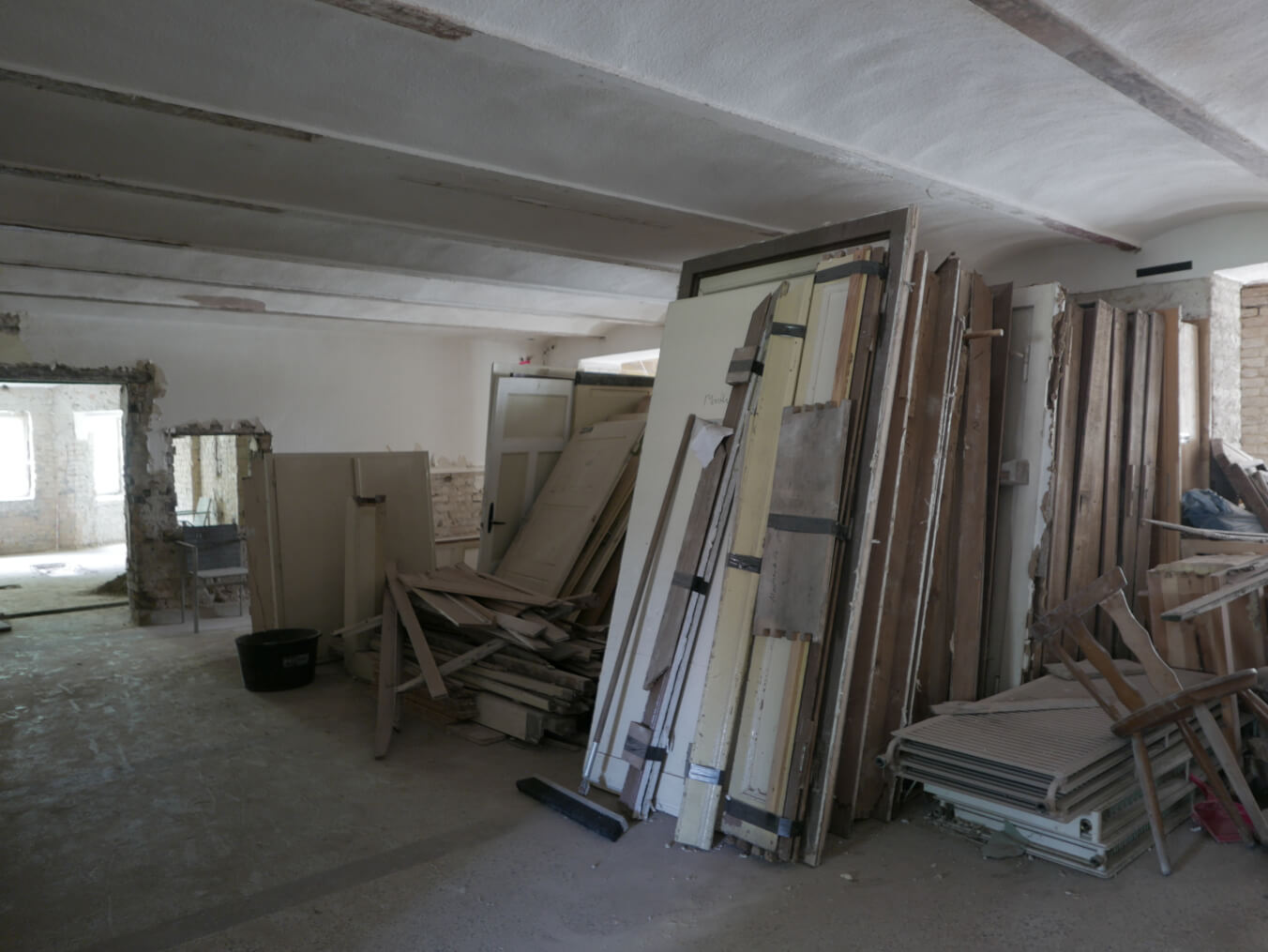
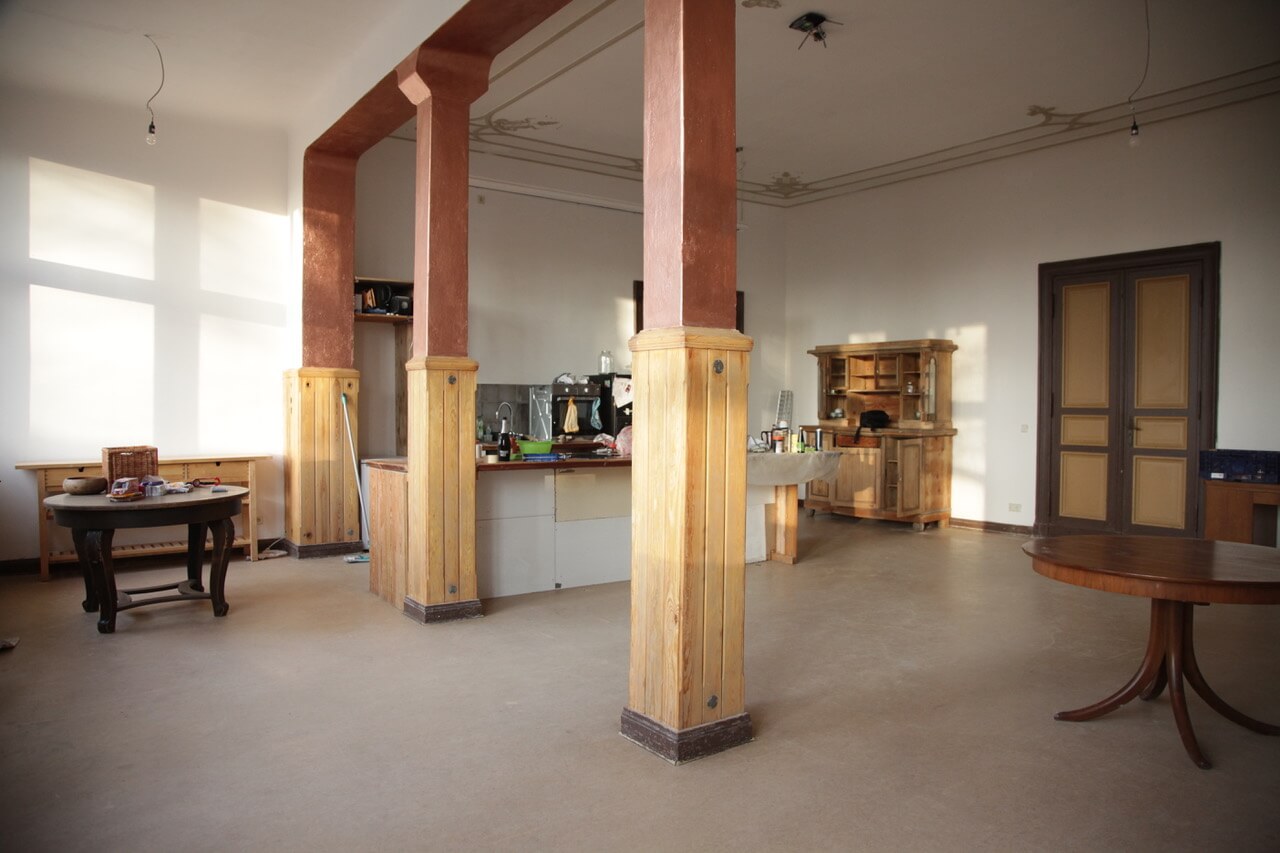
Lessons learned and synergies
In order to be able to better reuse building materials, on the one hand, planning precautions must be taken for better recycling of building materials and complete components. For this purpose, concepts for dismantling should be taken into account as early as the planning stage, as well as the creation of a digital material passport that contains information about the composition of buildings and the condition of the materials. Care should be taken to ensure that components and constructions with materials of different durability can be easily separated. Building with healthy, Use of renewable materials and identifying and integrating already existing materials is essential for resource conservation.
On the other hand, the construction industry needs suitable framework conditions for economically competitive reuse or recycling. For this, sufficiently large material depots and markets need to be established, and liability regulations need to be adapted in order to significantly increase the rate of reuse.
Sources
Baccini, Peter (2008). Zukünfte urbanen Lebens mit Altlasten. In: Gleich, Arnim von / Stefan Gößling-Reisemann (Hrsg.) (2008): Industrial Ecology – Erfolgreiche Wege zu nachhaltigen industriellen Systemen. pp. 218 – 237
GXN (2018). Circle House – Denmark’s first circular housing project. 1st edition.
Hebel et al. (2014). Building from Waste. Berlin, Boston: Birkhäuser.
Hobbs, Gilli; Adams, Katherine. (2017). Reuse of building products and materials – barriers and opportunities. International HISER Conference on Advances in Recycling and Management of Construction and Demolition Waste. Delft University of Technology, Delft, The Netherlands. Accessed on 19.03.2021 from https://www.bamb2020.eu/wp-content/uploads/2017/07/Reuse-of-building-products-and-materials-barriers-and-opportunities.pdf
Kralj, Davorin. (2008). Building Materials Reuse and Recycle. University of Primorska, Slovenia, 5(4).
McDonough, William; Braungart, Michael (2002): Cradle to cradle: remaking the way we make things.
Theobald, Jil Ann (2022): Zirkuläres Bauen: Relevanz und Umsetzung. Masterarbeit FH Potsdam.
